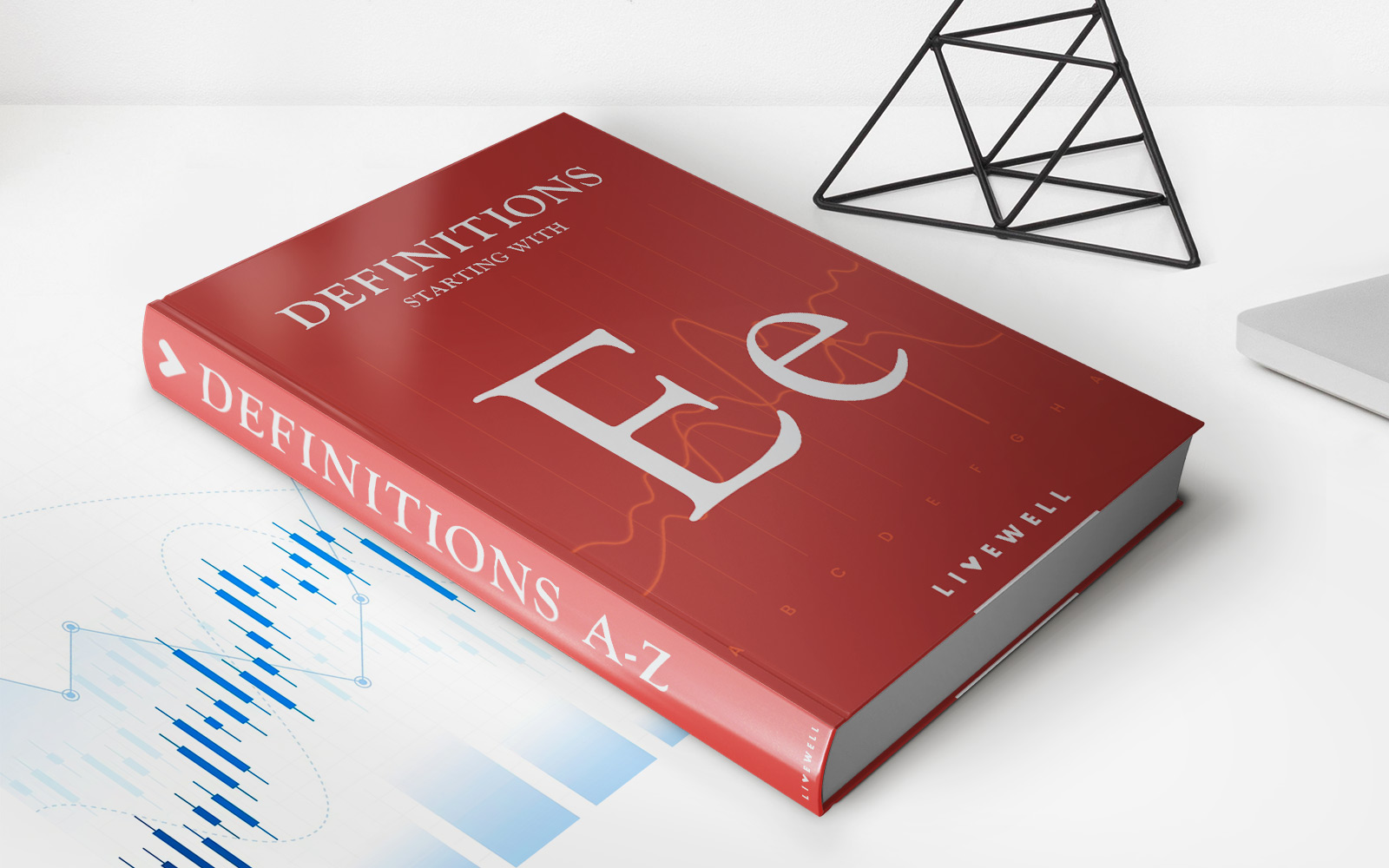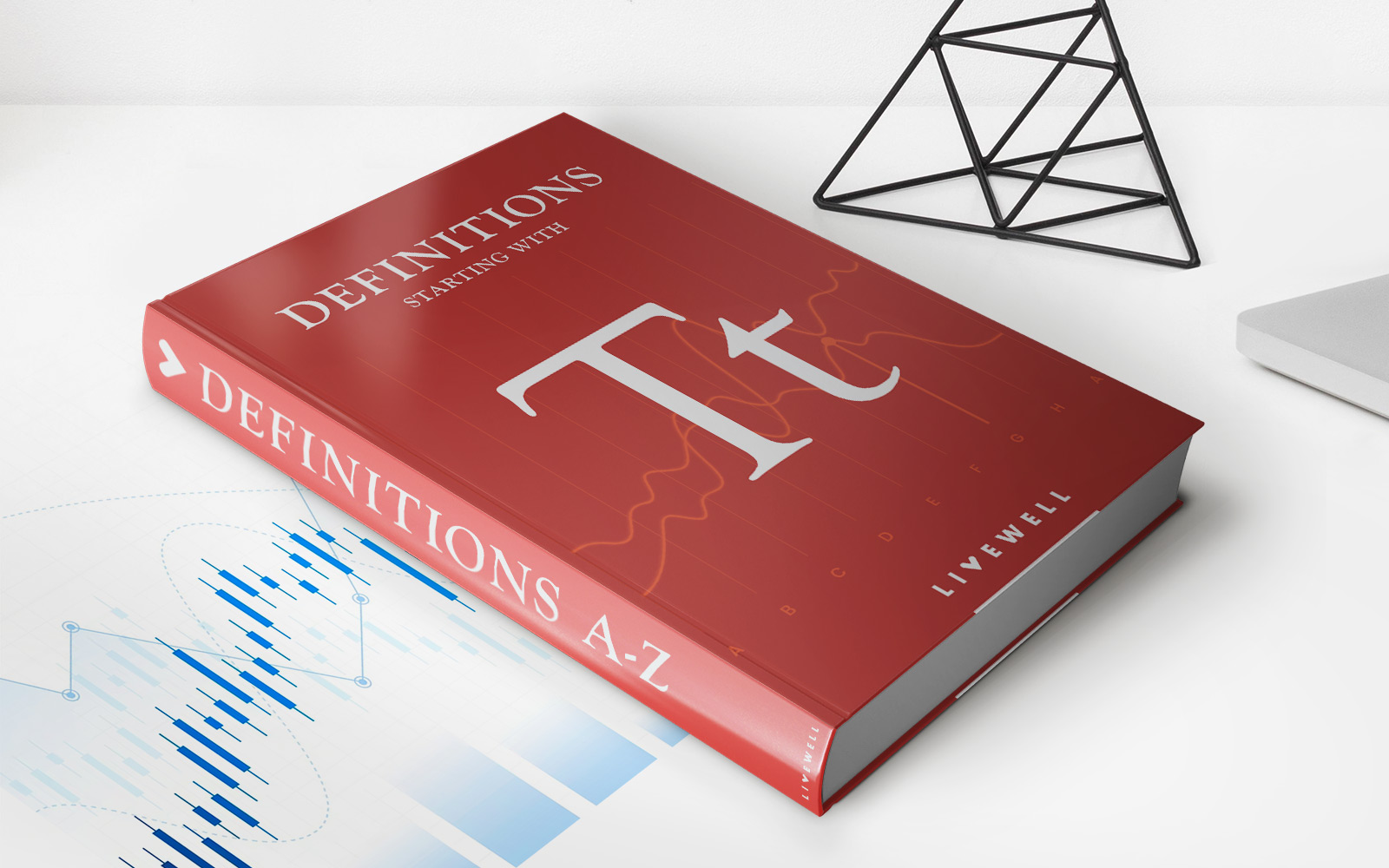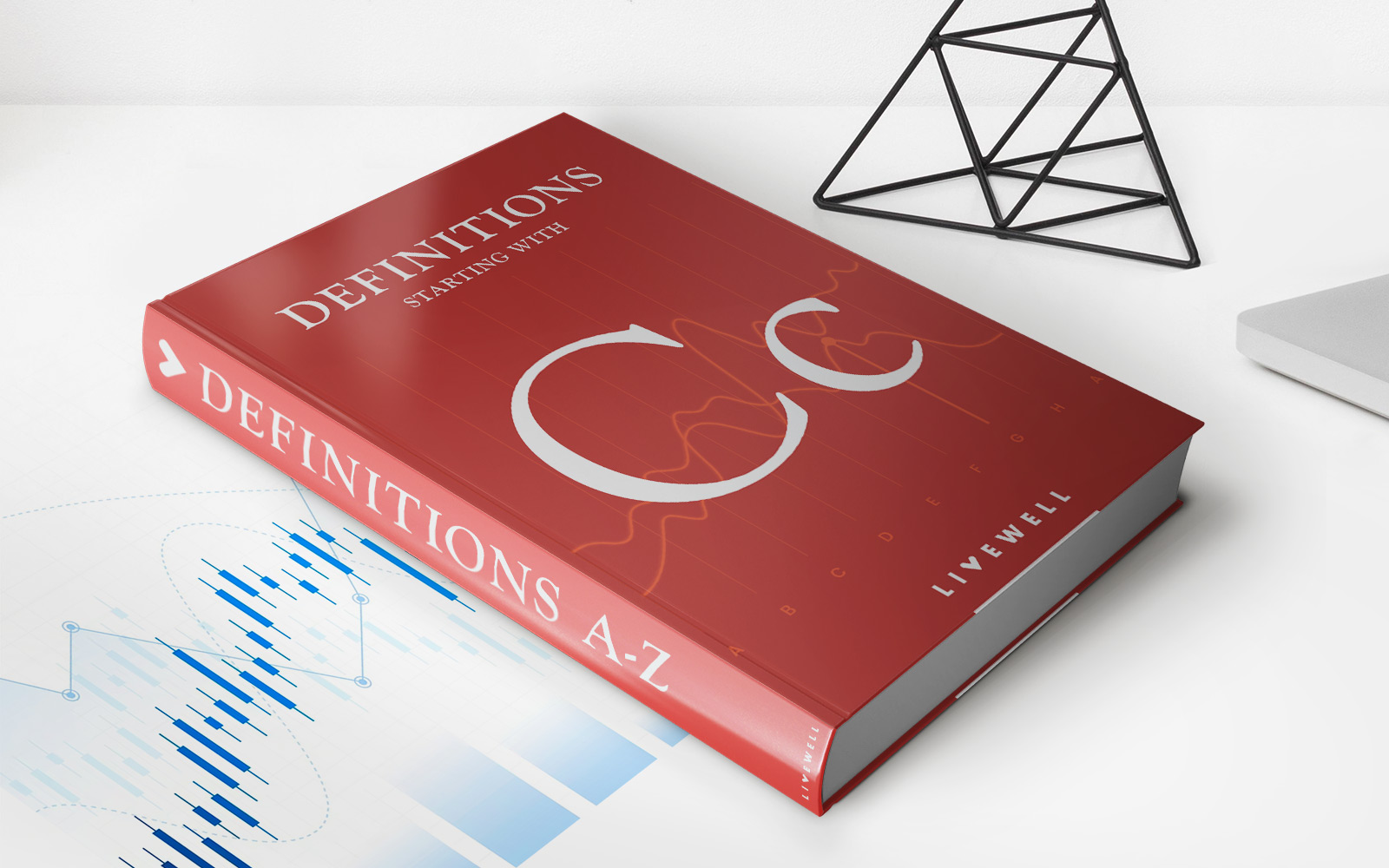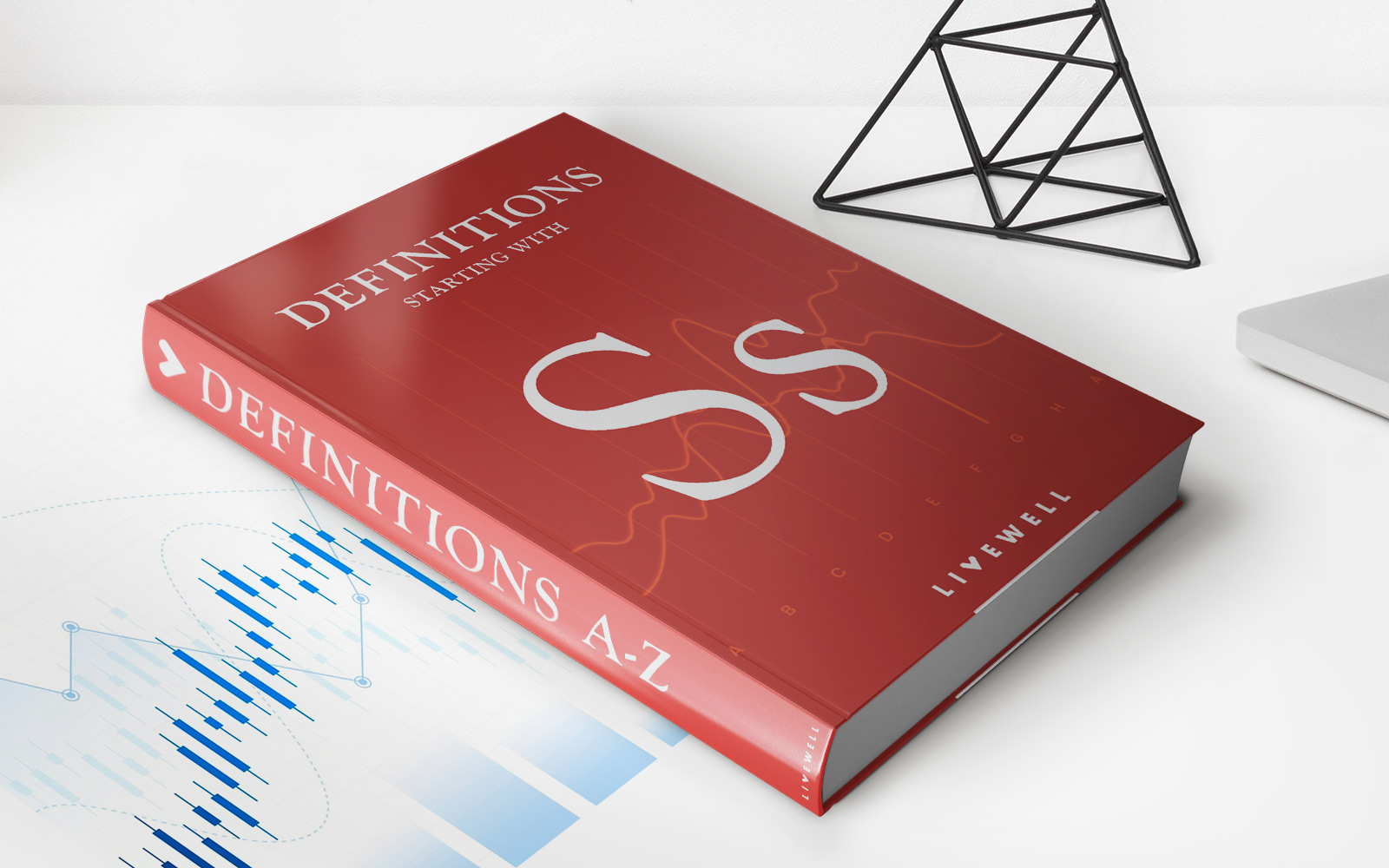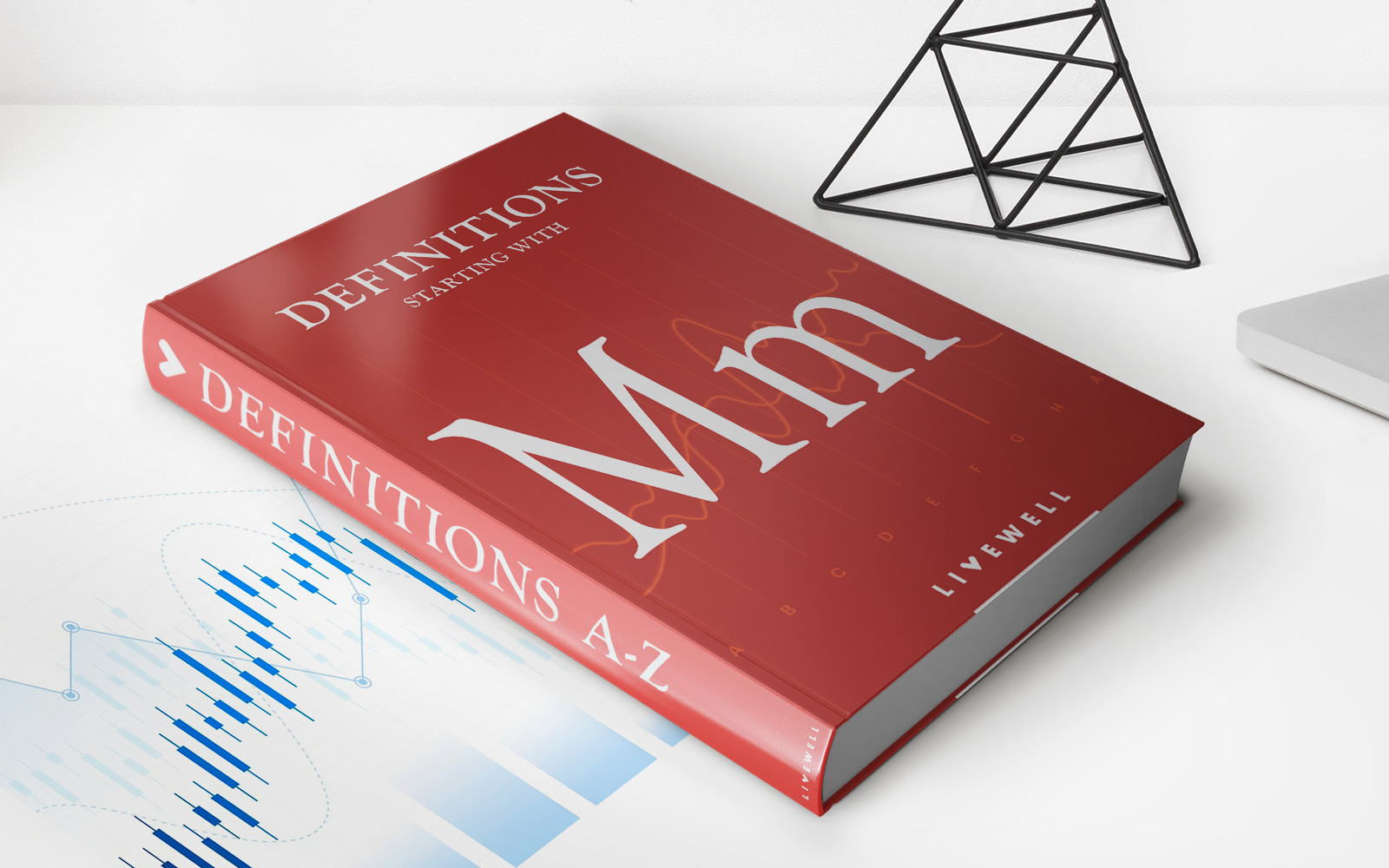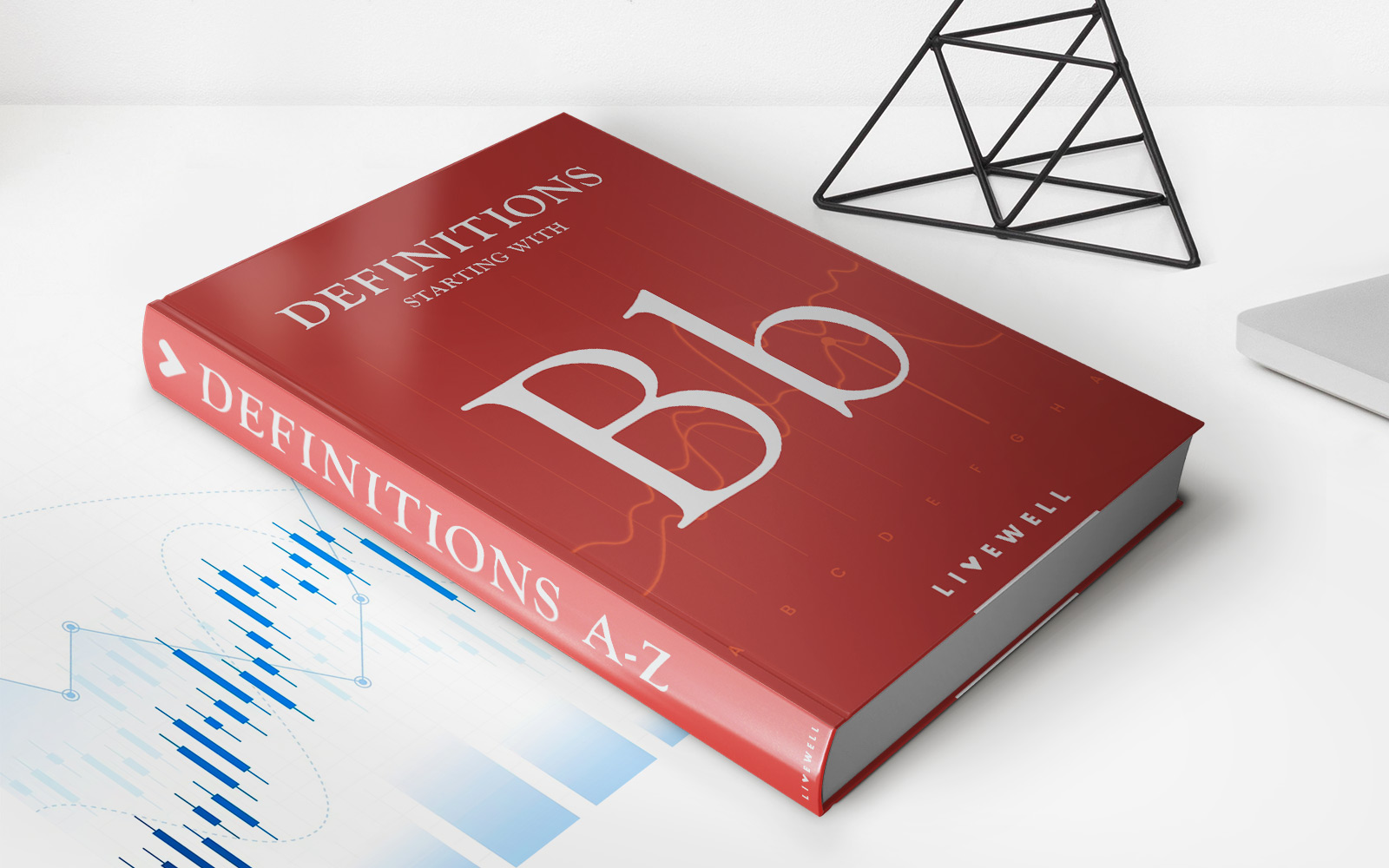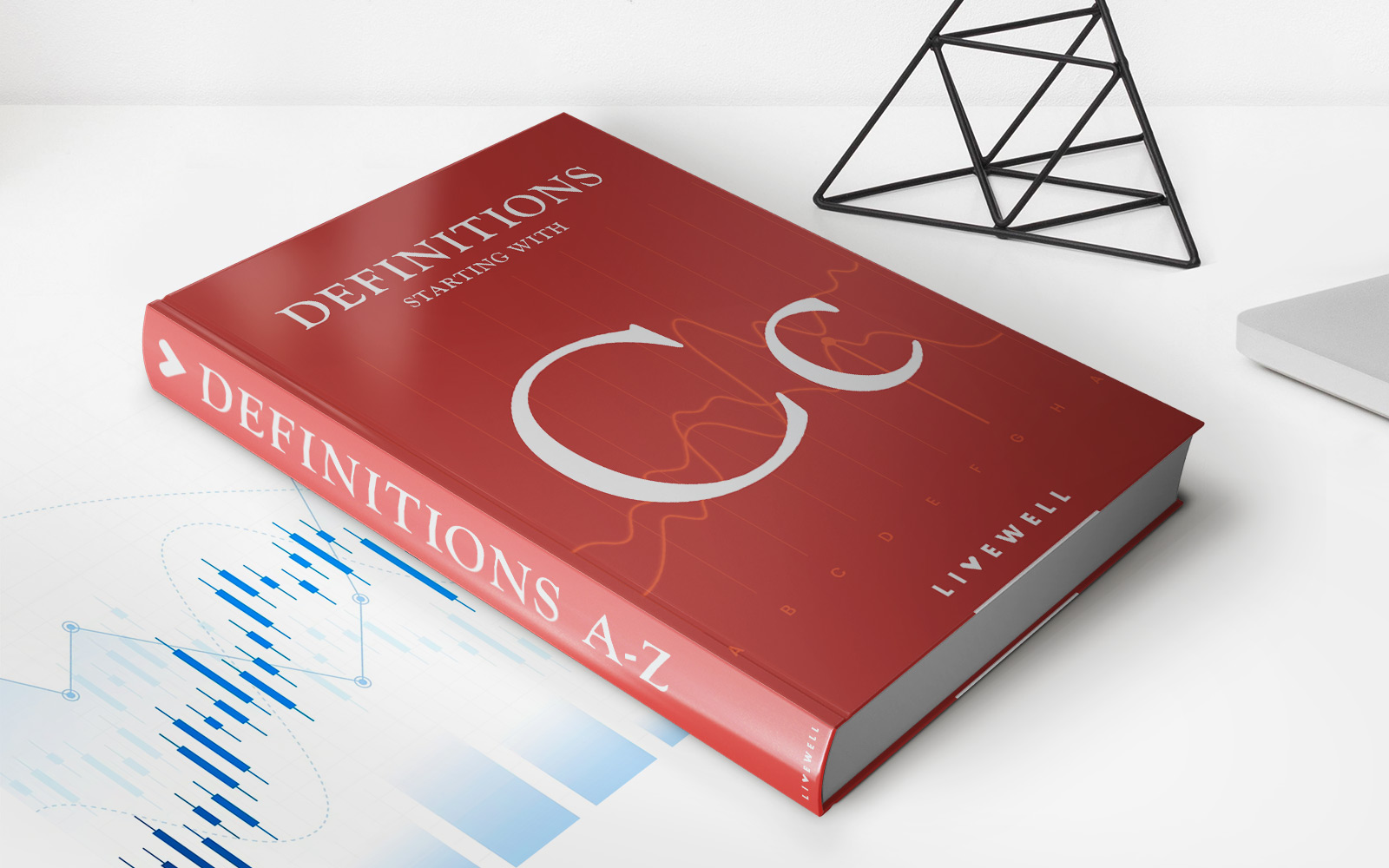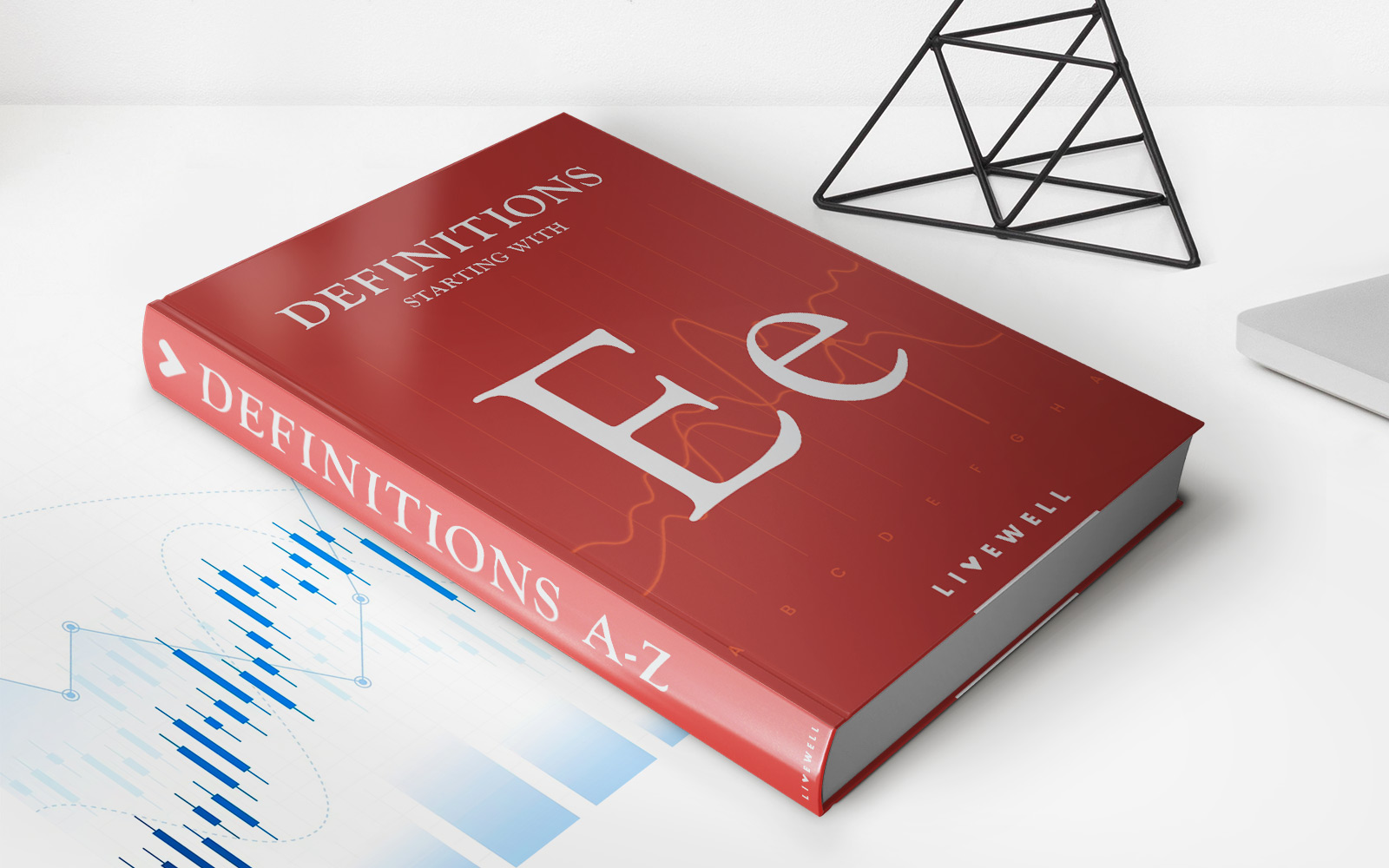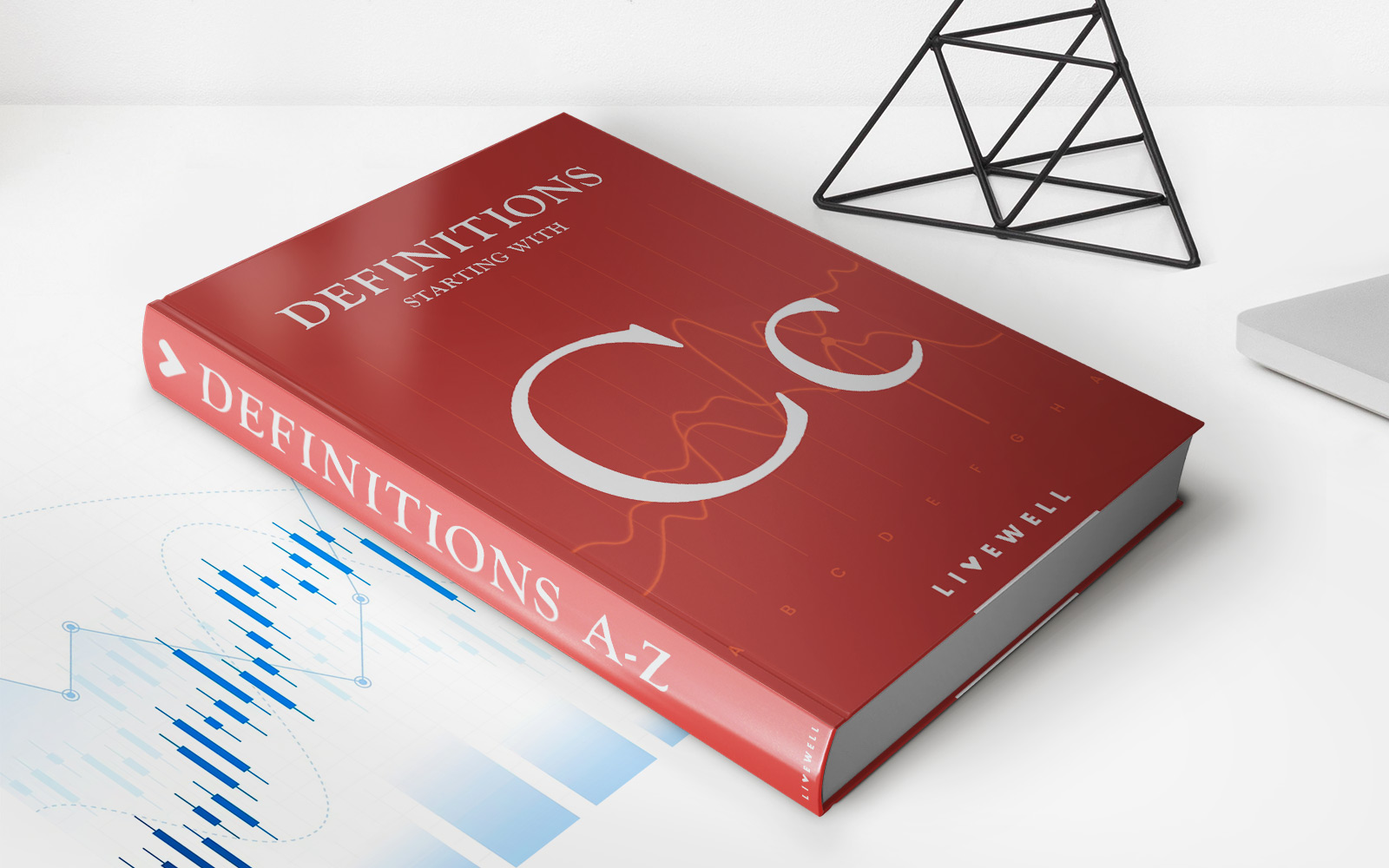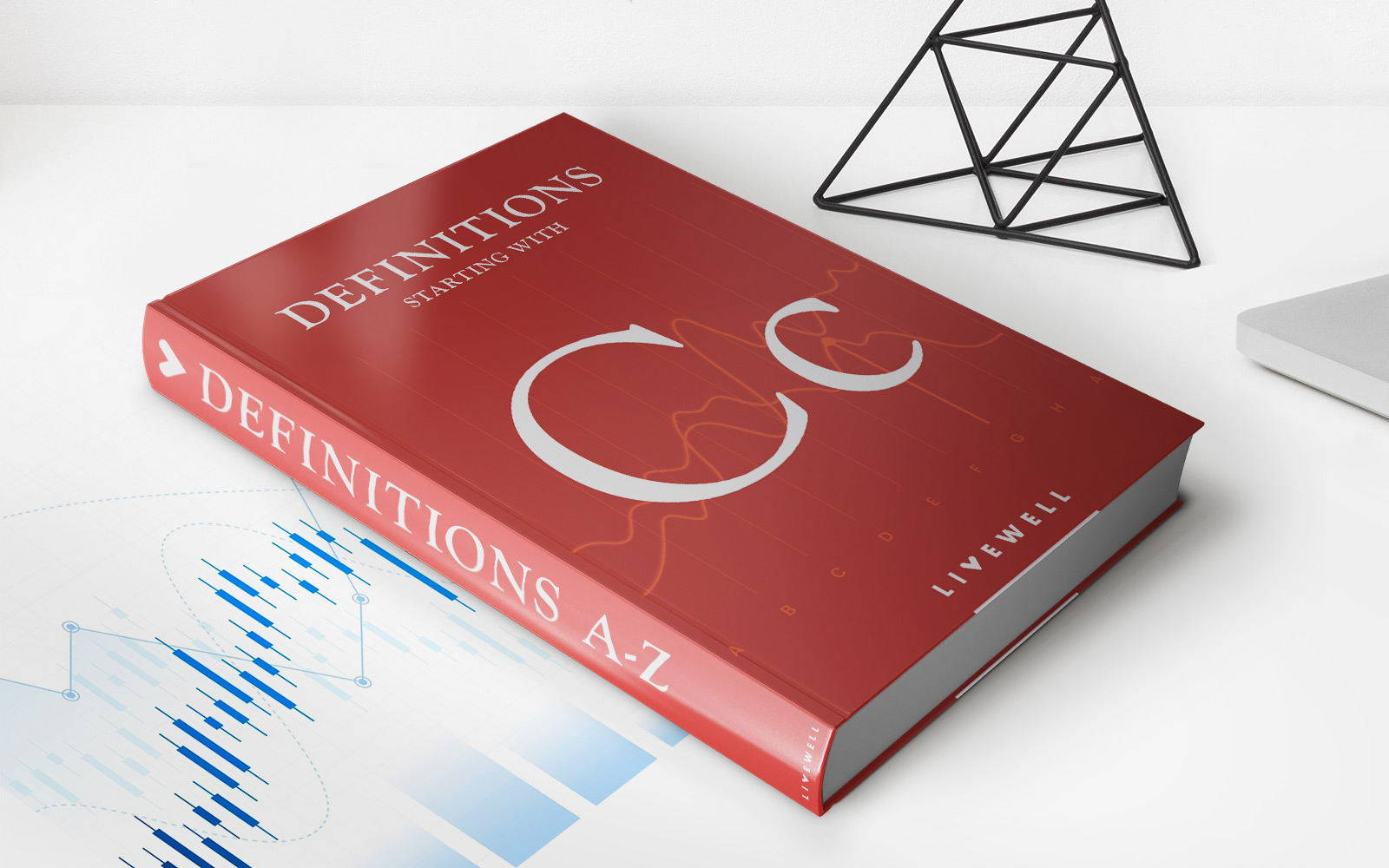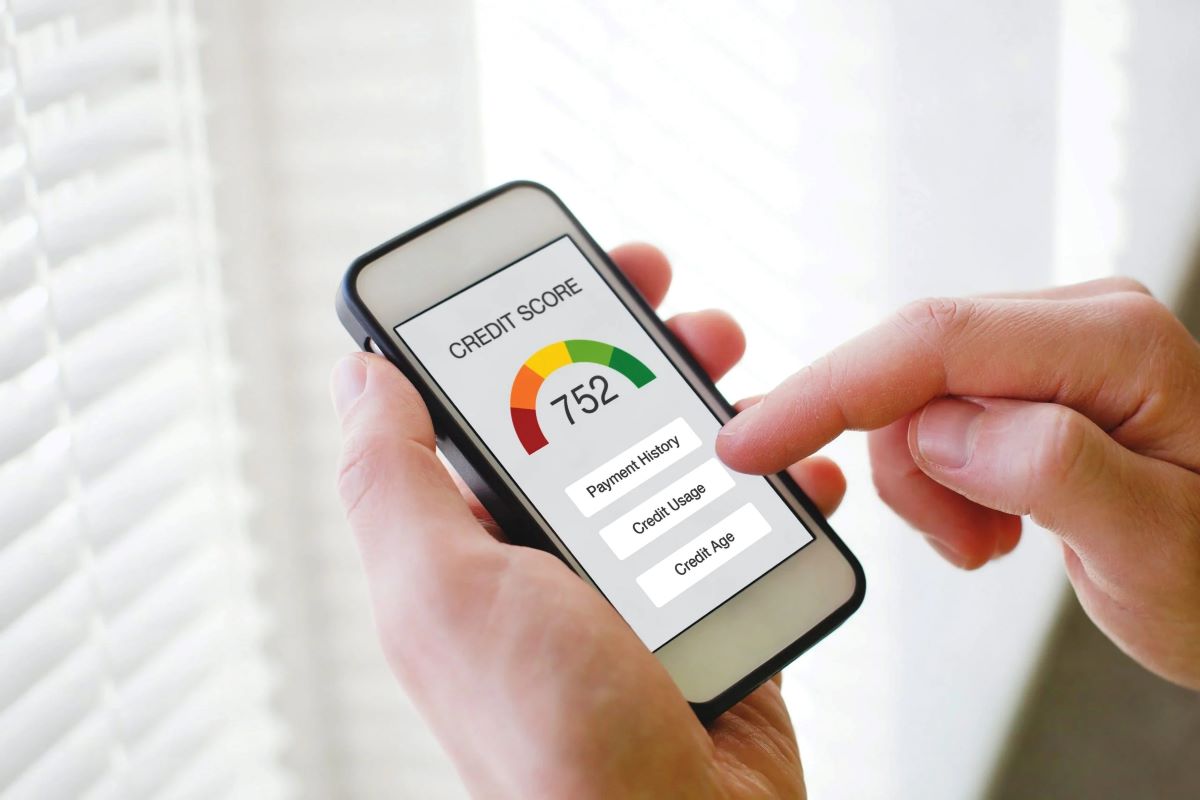Home>Finance>Money Market Yield: Definition, Calculation, And Example


Finance
Money Market Yield: Definition, Calculation, And Example
Published: December 26, 2023
Learn all about money market yield in finance, including its definition, calculation, and an example to help you understand its importance in investment decisions.
(Many of the links in this article redirect to a specific reviewed product. Your purchase of these products through affiliate links helps to generate commission for LiveWell, at no extra cost. Learn more)
Money Market Yield: Definition, Calculation, and Example
Are you a finance enthusiast wondering how to calculate the money market yield? Look no further! In this blog post, we will delve into the definition, calculation, and provide an example of money market yield. By the end, you’ll have a clear understanding of this important financial concept.
Key Takeaways:
- Money market yield is a measure used to determine the return on investment for short-term debt instruments.
- It is an essential tool for investors and helps to assess the profitability of investing in money market securities.
Defining Money Market Yield
Money market yield, also known as the CD equivalent yield, is the interest rate earned by investing in money market instruments such as treasury bills, commercial paper, and certificates of deposit. Financial institutions issue these securities as a means to raise funds to meet their short-term financing needs.
Investors interested in these short-term investments need to be aware of the money market yield to make informed decisions about where to allocate their capital. Understanding the yield helps investors compare different investment options and assess the potential return on their investments.
Calculating Money Market Yield
The calculation of money market yield involves two main components: the discount rate and the face value of the security. The formula to calculate the yield is as follows:
Money Market Yield = (Face Value – Purchase Price) / Purchase Price * (360 / Maturity Period)
Where:
- Purchase price: The price at which the investor purchases the money market security.
- Face value: The value of the money market security when it reaches maturity.
- Maturity period: The number of days it takes for the money market security to mature.
By plugging in the values into the formula, investors are able to determine the money market yield of their investment.
An Example of Money Market Yield Calculation
Let’s say an investor purchased a certificate of deposit with a face value of $10,000 at a discounted price of $9,750. The maturity period for this investment is 180 days. To calculate the money market yield:
Money Market Yield = ($10,000 – $9,750) / $9,750 * (360 / 180) = 10.26%
In this example, the money market yield for the certificate of deposit would be 10.26%. This indicates the rate of return the investor can expect to earn on their investment.
Understanding money market yield is crucial for investors looking to make informed decisions in the world of finance. By calculating the yield, investors can assess the potential return on their investments and compare different options to make the most profitable choices. So, the next time you come across money market investments, remember to calculate the money market yield to make wiser financial decisions!
